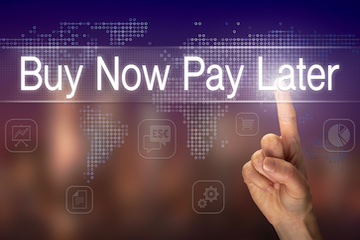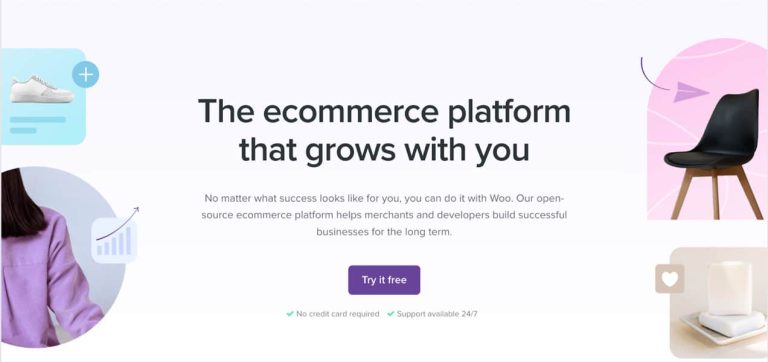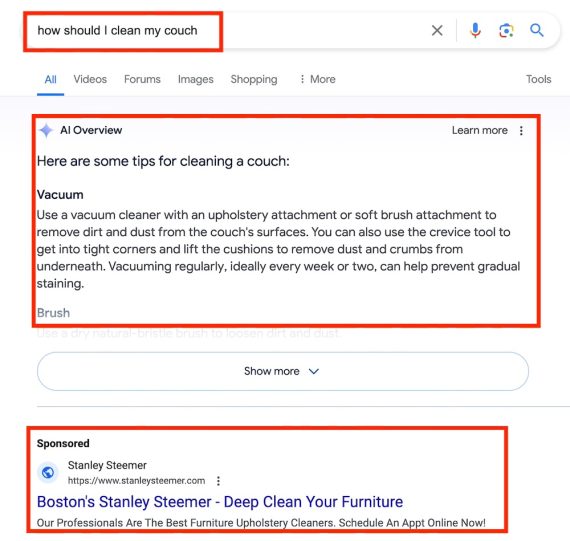
Post-purchase buy-now pay-later could be a massive opportunity for retailers, according to J.D. Power’s BNPL satisfaction survey, published Feb. 29, 2024.
In a survey of 4,135 U.S. consumers, American Express, Chase, and Citi outperformed other category leaders in three key areas: reasonableness of terms, ease of use with digital account management, and security of account information. The second annual study found overall satisfaction with BNPL had grown by 16% in just one year.
J.D. Power’s findings suggest that retailers may be leveraging BNPL without even knowing it. Unlike Klarna, Sezzle, and other third-party solutions that appear at checkout, Plan It by American Express, My Chase Plan, and Citi Flex Pay are not part of the checkout stream. Merchants never see these direct-to-consumer offers or know when post-sale transactions convert to buy-now pay-later plans.
Miles Tullo, managing director of banking and payments at J.D. Power, was not surprised to see card issuers pull ahead in the BNPL race. “It’s going to be very hard for Affirm, Klarna, and other brands to build a buy-now pay-later solution and scale,” he said. “Because they have to go merchant by merchant and get them to say, ‘Yes, I want your checkout button on my website.’”
Tullo acknowledged, however, that third-party providers have also been “strong out of the gate” and are winning back share in interesting ways. Klarna, for example, has launched a subscription service, “Klarna Plus,” and a new authentication method, “Sign In with Klarna.” And the newest entrant in the study, Apple Pay Later, started last year and is growing quickly.
“Apple Pay is accepted in a lot of places, so Apple didn’t need to go out and convince merchants to accept this payment method because it rides on the Apple Pay transaction and the acceptance is there,” he said. “Having a massive consumer audience makes it easy for Apple to offer up an Apple Pay Later option to a consumer who’s just used Apple Pay to make a purchase, and the Apple brand, with its loyal following, is growing very quickly.”
Built to Scale
Massive customer bases and established rails put card issuers on the inside track, Tullo added, noting that post-purchase BNPL transactions are free to merchants and require no action on their part. Purchases are settled through regular card acceptance agreements, he explained, and merchants have no idea when those purchases convert to installment solutions on the backend.
“I expect new entrants in this market will likely come from additional credit and debit issuers exploring ways to get consumers to install instead of revolve their purchases,” he said, predicting that issuers, rather than independent standalone solutions, will drive BNPL growth.
Non-exclusive
I asked Tullo why retailers aren’t doing more to leverage post-purchase options, considering the numerous advantages these offers provide. For example, don’t most standalone provider agreements have an exclusivity clause restricting merchants to one BNPL provider at checkout?
“Yes, that’s correct, but they can’t exclude American Express Plan It, Apple Pay Later, and other solutions built right into their current acceptance agreements,” he said. “With the exception of large enterprises that negotiate terms, retailers that contract with most BNPL providers are locked in to one.”
Fee-free
I also asked Tullo about pricing, having seen many BNPL promotions for free-to-customer plans. He assured me that most consumers are happy to pay a convenience fee to a trusted brand.
“Generally speaking, the market has grown out of this concept that it doesn’t cost you anything as a consumer to leverage this repayment option because the merchant is paying the cost,” he said. “A $3 fee is not a deal-breaker for someone splitting an $80 purchase into four $20 payments; consumers appreciate the convenience and flexibility and consider it a fair deal.”
De-risked
Tullo pointed out that post-purchase BNPL offers from card issuers to consumers are decoupled from the shopping experience. On the flip side, he said consumers tend to associate pre-purchase BNPL deals with specific retailers. For example, he noted that someone who gets a late fee, defaults, or is dissatisfied with pre-purchase BNPL is less likely to revisit that brand, which could become a bigger trend as the BNPL market evolves.
“A customer with a subpar experience with pre-purchase BNPL will tie it back to the website where the transaction occurred,” Tullo said. “This could lead to the customer looking for another merchant offering a different buy-now pay-later solution.”
Ripe for Promotion
Considering the numerous benefits of post-purchase BNPL, I questioned why more retailers aren’t aggressively promoting these services.
American Express presents Plan It as “easier to manage; no enrollment required; longstanding support; protection and customer service; no additional loan required; and no additional payments to keep track of.”
Chase describes My Chase Plan as a way to “pay off a purchase over time in fixed, equal monthly payments. There’s no interest for this purchase once it’s placed in a plan, just a fixed monthly fee.”
Citi summarizes Citi Flex Pay as a convenient way to “split up your eligible purchases and pay over time through simple monthly installments with a fixed APR.”
Perhaps retailers could display logos of American Express Plan It, My Chase Plan, and Citi Flex Pay on checkout screens, inviting customers to explore these options.






